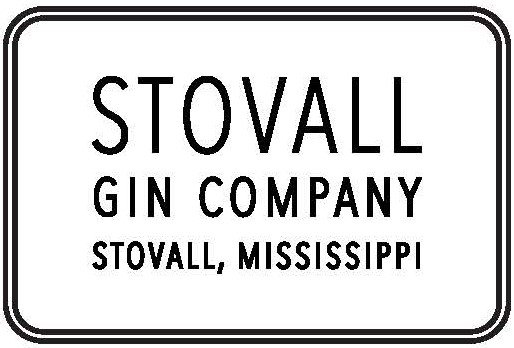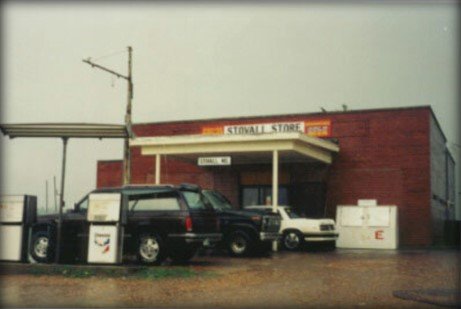20th Century
Both the Store and the Gin were important centers of activity for most of the 20th century.
Gin Evolution
During the early to mid 20th century, cotton ginning was done primarily through small gins that handled the output of a group of farms. Time was critical. Once cotton was picked and loaded into a trailer, it was imperative that it be ginned as quickly as possible.
If a trailer load of cotton were to be rained on, the weight of the wet cotton on top would compress the dry cotton beneath to the point that the dry cotton would combust and the trailer would burn from the inside out.
Thus, cotton ginning was a mad scramble to pick the cotton when the weather was favorable and gin it as quickly as possible till the whole crop was done. This was accomplished by small gins running 24/7 for enough days to handle each farms output. Gins were loud and dangerous places where it was easily to be gravely injured. (It’s impossible to imagine what it would cost to insure one of those old gins today!)
During that time, the Stovall Gin Company handled the cotton output from the different family members working the land that had been John Oldham’s original purchases. Prairie Plantation (Louise d’Oyley), West End Plantation (Carter Stovall), and Belmont and Waterloo Plantations (William H. Stovall) all sent their cotton to be ginned at the Stovall gin.
At the same time, the Stovall Store was a center of local commerce and socialibility, catering to the local farm residents and worked, as well as the many fisherman that enjoyed the several accessible lakes in the immediate vicinity.
Changing times did not favor either the store or the gin. The advent of cotton module technology allowed cotton to be stored in the field in weatherproof conditions, leading to the demise of small gins in favor of larger, more efficient operations that ran for longer periods of time and handled much more cotton from many more farms at greater distances. The last bale of cotton rolled off the dock in Stovall in 1991. The gin equipment was sold and shipped to South America, and the buildings stood empty.
The store fared better, serving lunches and selling gasoline along with minnows, crickets and tackle. But by the early 2000s, the reduction in the number of people living and working in the area as well as the reduction in access to the formerly popular fishing lakes, spelled the demise of the Stovall Store as well.
The entire site had gone from an important industrial, commercial, and social hub to a collection of derelict buildings with no purpose. A pecan grove was planted where once were parked dozens of cotton trailers ready for ginning.
And so things sat until 2020.






